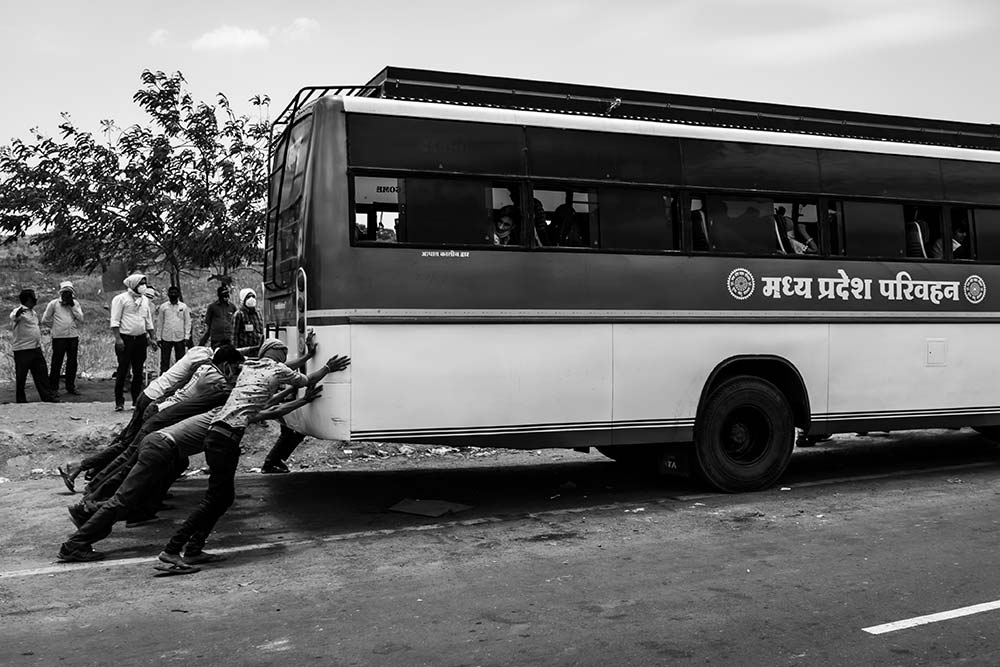
The loss and the voiding will be evened in the fullness of time. For now, they, and their compatriots in suffering, have reached the villages where they feel safe, and protected, and as Egyptian writer Naguib Mahfouz noted, where all their attempts to escape cease. Out of four crore migrant labourers, 75 lakh have returned homes, we were informed last week. For those who have crossed the hump, questions of more earthly character loom large. What will they do in their villages and towns, the very places they left for reasons of want?
They have the promise of an infinitely basic meal at home, but their needs will mutate. The lockdown might lift soon, at least partially, but will those scarred by this summer ever return? At the other end, the comfort and cushion of home might wear out soon too, and the limitations of the village economy might start gnawing at them. For some, it could be a question of if, but for most, it’s a question of when. They are merely waiting for an opening.
Why? Avinash Kumar, assistant professor at JNU’s Centre for Informal Sector and Labour Studies, takes us back to the basic driver of migration: the local economy, deficient and unequally distributed, is unable to sustain its working population. “They are forced to go out and work. There’s also social mobility: better job, better education, better quality of life. So there’s forced migration as well as that driven by a pull.” Mostly, he says, it’s the landless and small and marginal farmers who migrate to cities. “Within those classes, we see people from all castes moving. The more privileged castes, however, have a greater degree of choice in work because of their social capital. You won’t usually find a savarna carrying bricks at a construction site. You are more likely to find them working as security guards,” says the professor.
Back in the village, one new variable is NREGA: the numbers opting for work under the social security scheme are quite telling. As a basic safety net, it guarantees 100 days of work and a daily maximum wage of Rs 220 to every person in a village. In 50 days beginning April 1, NREGA received applications from 35 lakh new workers across India. Compare with financial year 2019-20: in all its 365 days, there were only 15 lakh new applicants.
The figures are, in a real sense, a statement on the terrible paucity of work options in rural India. It’s not only the returnees, even locals who are out of work because of the lockdown are opting for it. Two weeks ago, the Centre pumped in Rs 40,000 crore to strengthen NREGA, in addition to the existing budget of Rs 61,000 crore. In the usual scheme of things, NREGA is often seen only as a means of supplementary income and a viable option for women who can’t go out of the village for work for a number of reasons. It didn’t stand up for contest as a primary option because a) the wages are considerably low as compared to city wages, and b) it gives only 100 days of work whereas cities offer plentiful, if irregular, work throughout the year. But in this Covid-bitten season, it has become an option of the last resort.
Rajasthan has the highest number of NREGA workers at the moment: 40.3 lakh, as of May 26. In the first week of March, that stood at only 10 lakh, then fell further to 62,000 by mid-April. That was because guidelines weren’t clear on NREGA during the first lockdown (March 25-April 14), which resulted in low labour engagement.
发表回复